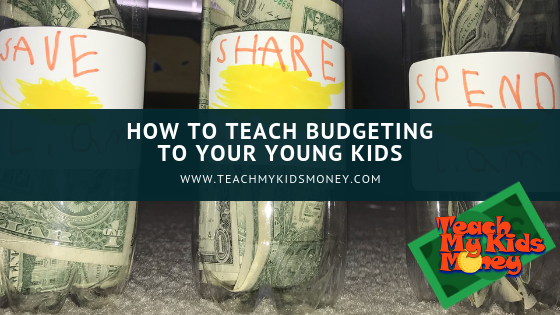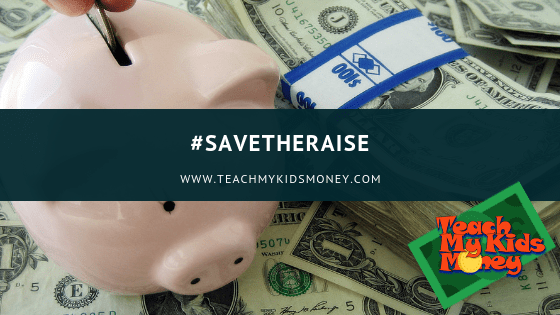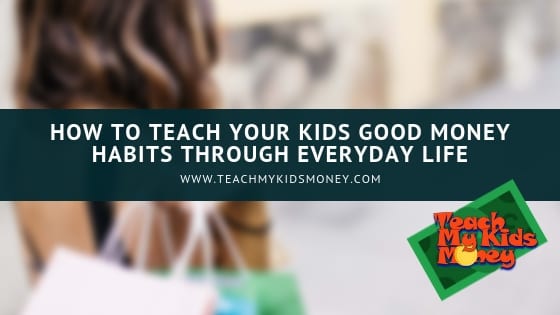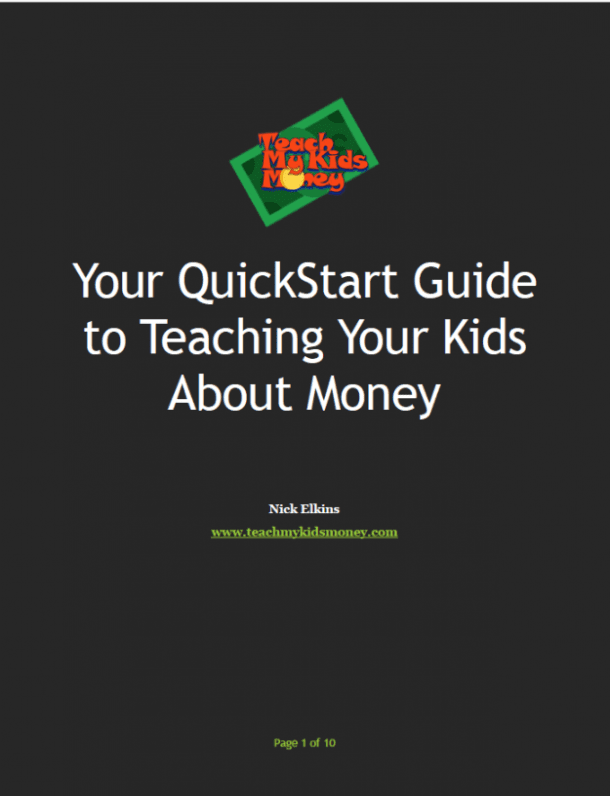When you think of the most basic principles of personal finance, budgeting is one of the first things to come to mind. Love them or hate them, a budget is the most foundational piece of a well-balanced personal finance practice.
Budget has become a term in our world that’s very similar to the word diet, it’s very restrictive sounding. Rigid. Boring.
But…a budget doesn’t have to be any of those things. Budgeting CAN and SHOULD be more than any of this. It’s not easy if you’ve had a negative connotation for the word most of your life.
Many people have begun calling the budget something completely different: a spending plan, a cash flow forecast, and many other words. Even with the negative connotation, I like calling it a budget. In our family finances, we use You Need a Budget to manage our money. And while it’s a perfect tool for us and could be really useful for teenagers and older, it’s not what we’ve used for our kids (yet).
With our kids at ages seven, five, and three, we’ve chosen to follow the path of using physical (cash) money, instead of digital money like online banking, debit/credit cards, etc. We’ll eventually make that migration toward digital programs and can’t wait to share with you the tool I’ve found and am experimenting with.
In the meantime though, let’s talk about teaching your kid to budget their cash, without ever mentioning the word “budget.” You’ve undoubtedly seen this method before as it’s talked about in countless books…because it works.
The Save, Share, and Spend jars.
The kids are paid every Friday and immediately allocate money into each of these jars. Their allocation, just like their pay, is based on their age.
Our youngest isn’t yet getting paid…we’ll start this formal process with her when she turns five.
Our middle, now five years old, gets paid $5 per week. He puts $2 into the Save jar, $1 into the Share jar, and $2 into his Spend jar. We started the process at this breakdown, coming out to an allocation of 40% save, 20% share, and 40% spend. We felt that was a strong breakdown that would align his money habits with the values in our family.
Our oldest, now seven years old, gets paid $7 per week. He puts $4 into the Save jar, $1 into the Share jar, and $2 into his Spend jar. Check out this post on how we got to that allocation.
What each jar is used for:
The next obvious question we get when talking about this is about what each jar’s money is used for.
Let’s start with the Spend jar. It’s the most straightforward of the three. There are no restrictions on the Spend jar other than safety. Money in the spend jar can be used for whatever they want. Yes, even if it’s a huge waste.
The Share jar is a bit more guided. Money from this jar has to be used for something that they do not directly benefit from. They can’t go to the school spirit night and use their Share jar money on the prize wheel. Even though that money goes to the school, they’re still getting something in return. That’s against the spirit of the Share jar money. Money from the Share jar goes to a charity, a cause bigger than them, the Church, or something else that makes them feel good for giving to.
And finally, the Save jar. First, let’s start with what the Save jar is not. It is NOT a long-term investing jar. We’re not there yet. It’ll come in time, and I can’t wait to share a post about that with you.
The Save jar is money that is actively serving a purpose, going toward a goal. Money that goes into the Save jar cannot be spent unless it’s in alignment with the goal set, written out, and taped to the jar. This jar is designed to teach delayed gratification, one of the biggest links to financial success as an adult.
More to come on the Save jar soon!
And there you have it, the REALLY simple “Teach My Kids Money” approach to budgeting. Of course, it’s REALLY easy to set up…but it takes great discipline to stick with it.








Love the idea of jars. I really need to get on that. We pay our 3 year old every Friday too.
Yes! The jars make it easy for them to see the money begin to accumulate. The hope is that they can see the fruits of their labor. Thanks for the comment!
The jars are a great idea for imparting budgeting lessons to kids + the transparent jars really help visualise the money. I have been using piggy banks that are not transparent and it’s safe to say that I have not reached anywhere. Might as well try this one.